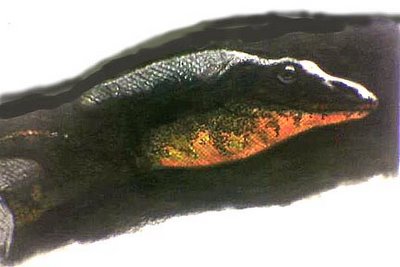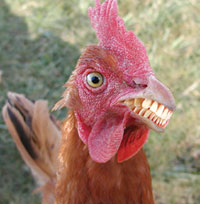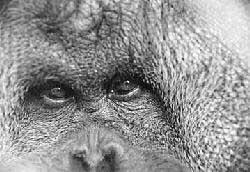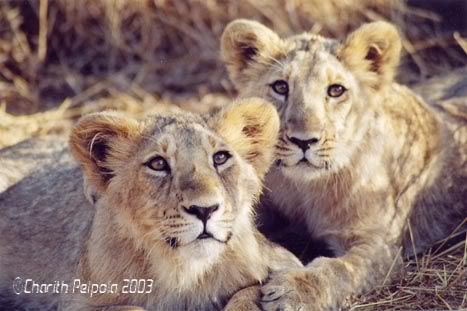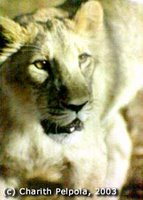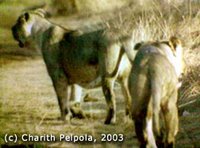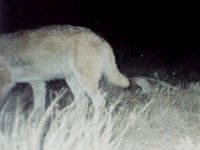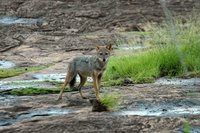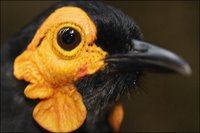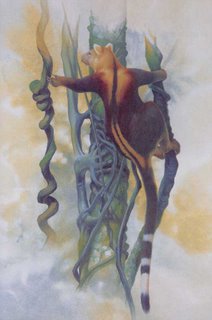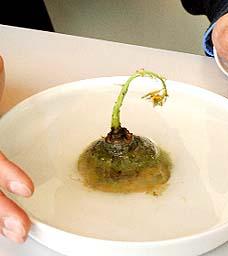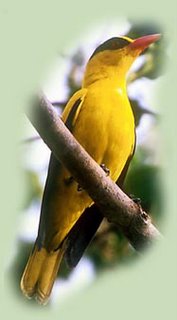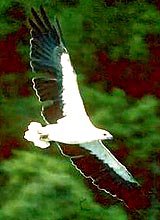The holy grail of wildlife photography - a sequence of a snow leopard hunting a goat in the Himalayas - has been obtained by a BBC natural history unit about 50 miles from the Tora Bora caves, once a hideout of Osama bin Laden. (And I am frothing with envy and admittedly a considerable amount of admiration!)
With a high definition lens, cameraman Mark Smith captured the sudden high-speed attack after more than a year of searching for the unique animal.
His striking footage is part of BBC 1's 11-part Planet Earth series to be shown on Sunday nights, beginning next month. The BBC calls its spectacular follow-up to the award-winning Blue Planet the "ultimate portrait of our planet."
The pin-sharp images are described by the narrator Sir David Attenborough (The Man himself) as "simply without parallel".
Initially, the unit was prevented from filming in the area, on the border between Afghanistan and northern Pakistan, in the Karakoram mountains, because British and America troops were hunting for the al-Qa'eda leader.
Alastair Fothergill, the executive producer of Planet Earth, said yesterday that the area was considered "level one" for the corporation, where only news crews were allowed to film.
"We heard through the grapevine in Pakistan of the leopard, but it took us a whole year to get in. Eventually, the situation calmed down and the BBC said, 'OK, we think you can go', and we set up in this totally beautiful valley in the Karakoram.
"We got nothing for six weeks, and finally were given a tip-off about a place where a mother and her cub had been seen."
He said that the sequence, which lasts over six minutes, was "an absolute first" as all previous brief shots of the snow leopard were obtained by systems set off with infra red beams. "There had been no more than five minutes of film obtained in that way."

The snow leopard closes in on
the goat and finally catches it
Mr Smith, from Argyle, filmed goats being hunted, first by golden eagles, and then by "scavenging Himalayan wolves". The leopard was initially captured on film with her cub.
Mr Fothergill said: "Then, you see her chasing a goat, by running down a vertical slope of the valley. To cling on, it has very big claws and a big tail as a counterbalance. The leopard fails in her first attempt. She then captures a goat and pulls it back to her cub.
"Mark was 100 metres away, using a very long lens. The leopard ran at very high speed. With HD, you can play back the film instantly. It was all in superb focus. When Mark realised he had got the shot, he almost burst into tears. In our wildest dreams, we never imagined this sequence would be possible to record."
Wonderful, just wonderful....

